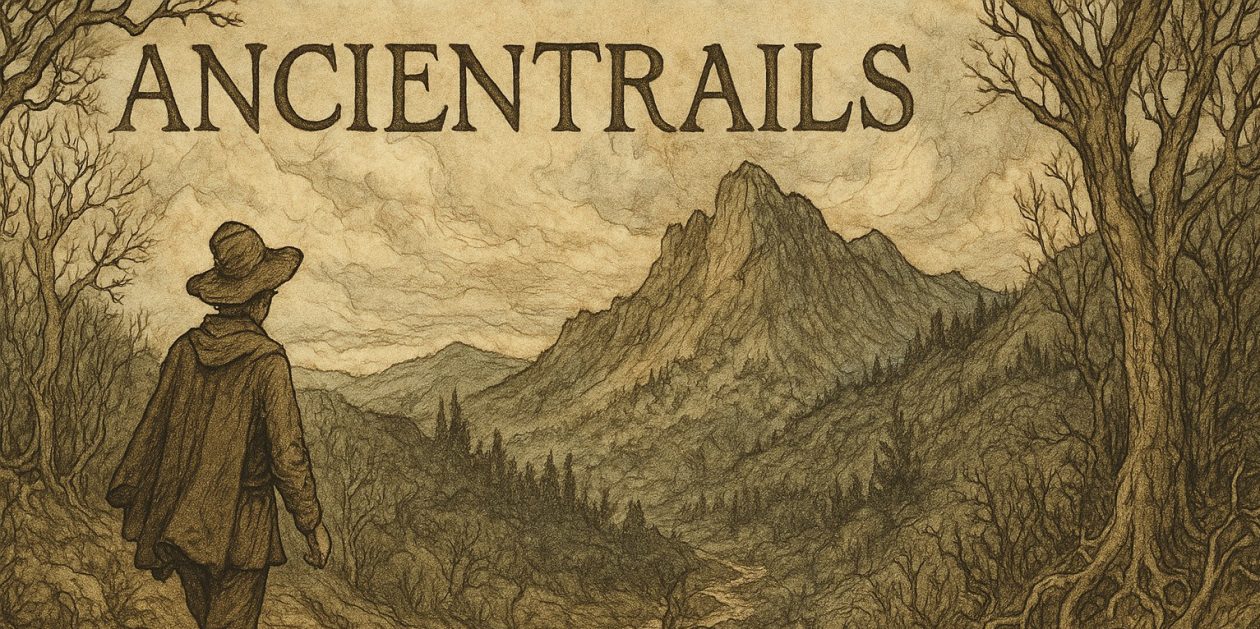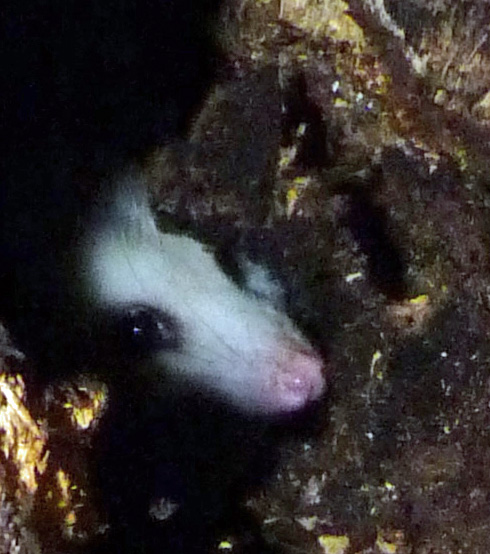Beltane Beltane Moon
Received a second invitation to a going away party for two friends moving to Maine. They’re part of the Woolly change, the moves and deaths, the losses that accrue as we head past 65. They seem pretty energized by this move to a home in Robbinston, a spot near the Atlantic and New Brunswick. And why not?
Change can give us a fresh perspective, a place to begin again or to continue, but in a different direction.
Over the last several years I’ve chosen to embrace change as a deepening process, crossing thresholds into the unknown in areas with which I have substantial familiarity: literature, arts, gardening, politics, family, religion.
In literature, for example, I moved into a different kind of book, a fantasy epic instead of the one off novels I’ve written up till now. This change exhilarated me, made me stretch, thinking about the long arc rather than the shorter one handled in one volume.
The Latin learning and translating I’m doing is in service of deepening, too. Deepening my knowledge of Greek myth and Roman culture. I have, also, now peaked behind the veil of translation, learned something about the kinds of choices translators have to make.
In the arts I’ve chosen to focus most of my learning in Asian arts, probing deeper into Chinese history and the role of context for the art we have at the MIA. This part year didn’t see as any Asian tours as in the past, but I’ve continued studying, reading Chinese literature and learning more history.
My grasp of photography has increased considerably, too, as has my understanding of contemporary art. Going deeper.
As Kate and I have gotten wiser about our garden and how we actually use it, we’ve gone deeper into vegetable and fruit growing and preserving. The bees increased our appreciation for the engagement of insects in the plant world. And for honey, too.
In religion I’ve stepped away from any organized groups or lines of thought, trying now to penetrate how changes underway across the world might demand a new way of faith. This one’s proving difficult. But, that’s where the juice is, right?
Finally, I’m learning, still, how to be a grandparent with my two instructors, Gabe and Ruth. Also, I’m learning the role of parent in children’s mid-life, where demands of work and family consume them. Again, a deepening and a change.
Emerson said long ago that we do not need to travel to Italy to see beauty. Beauty is where we see it, not only, perhaps not even primarily, where others see it.



